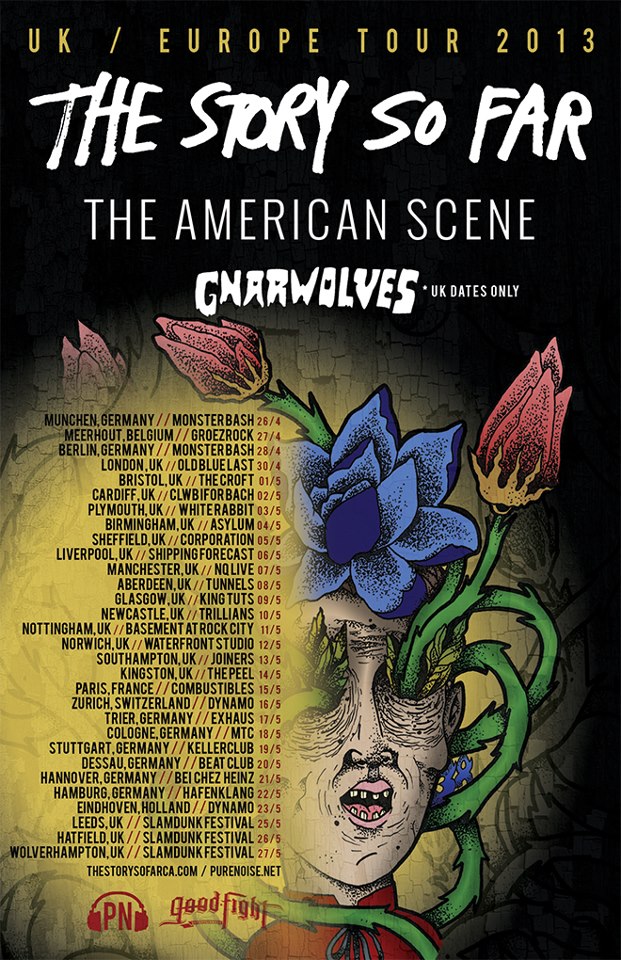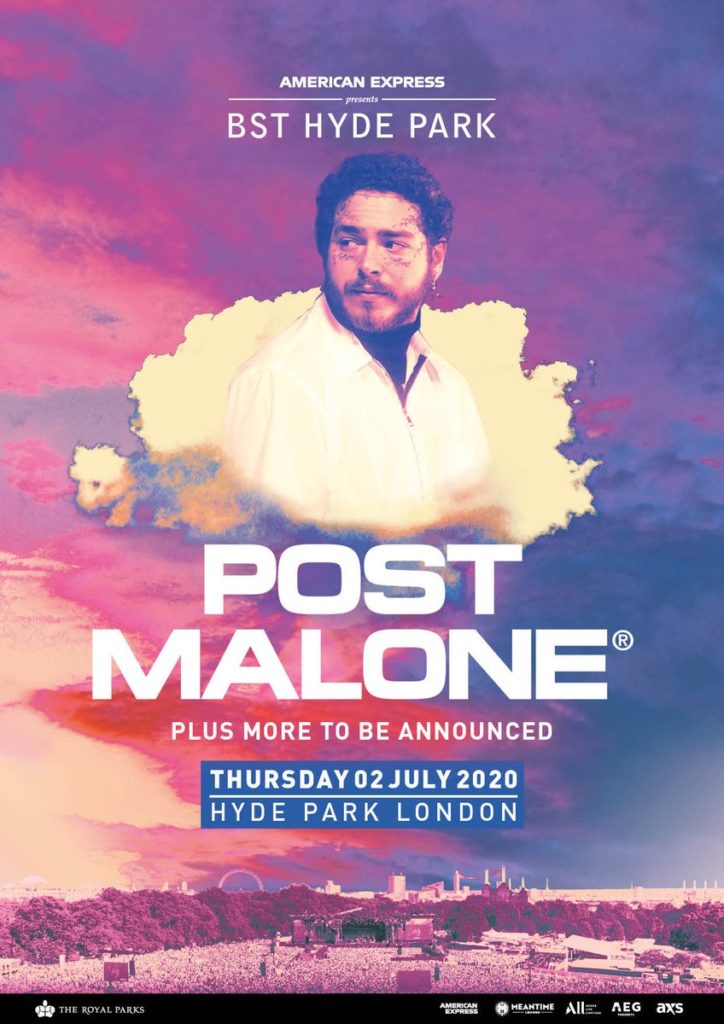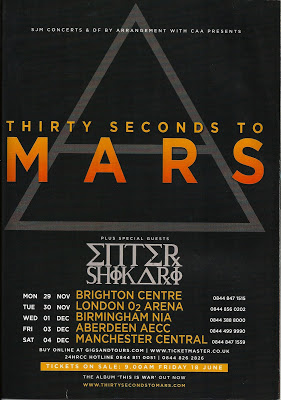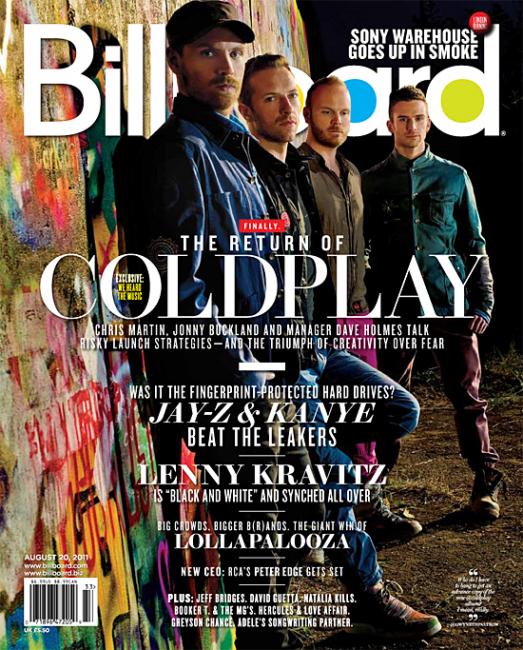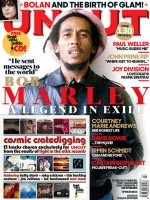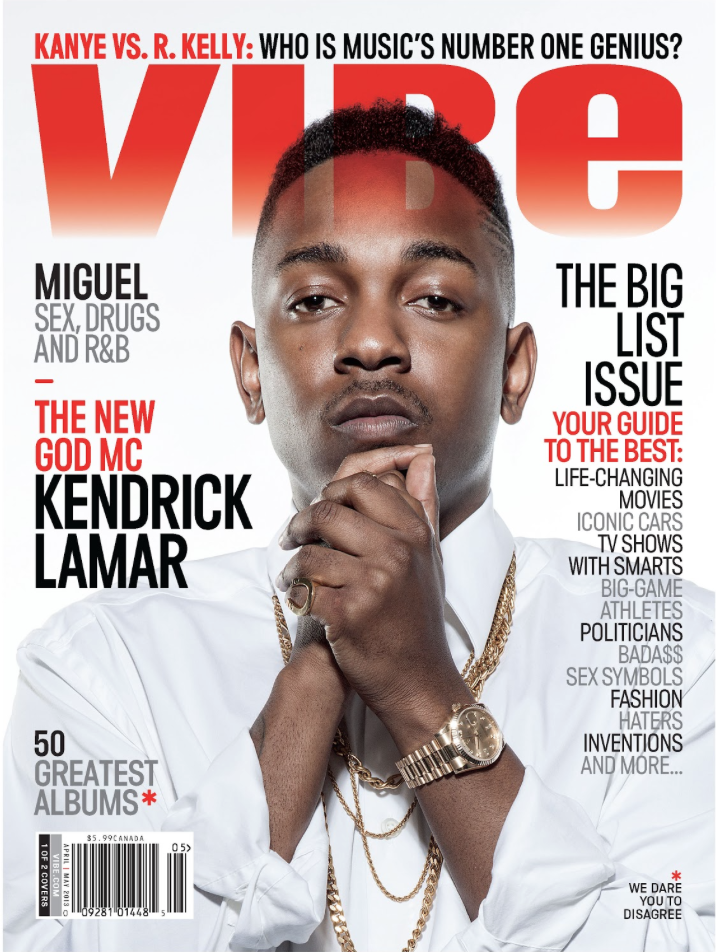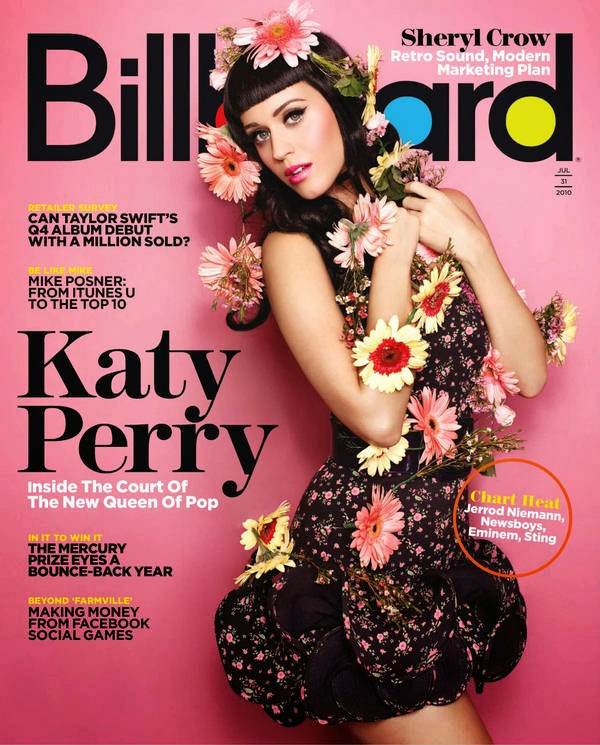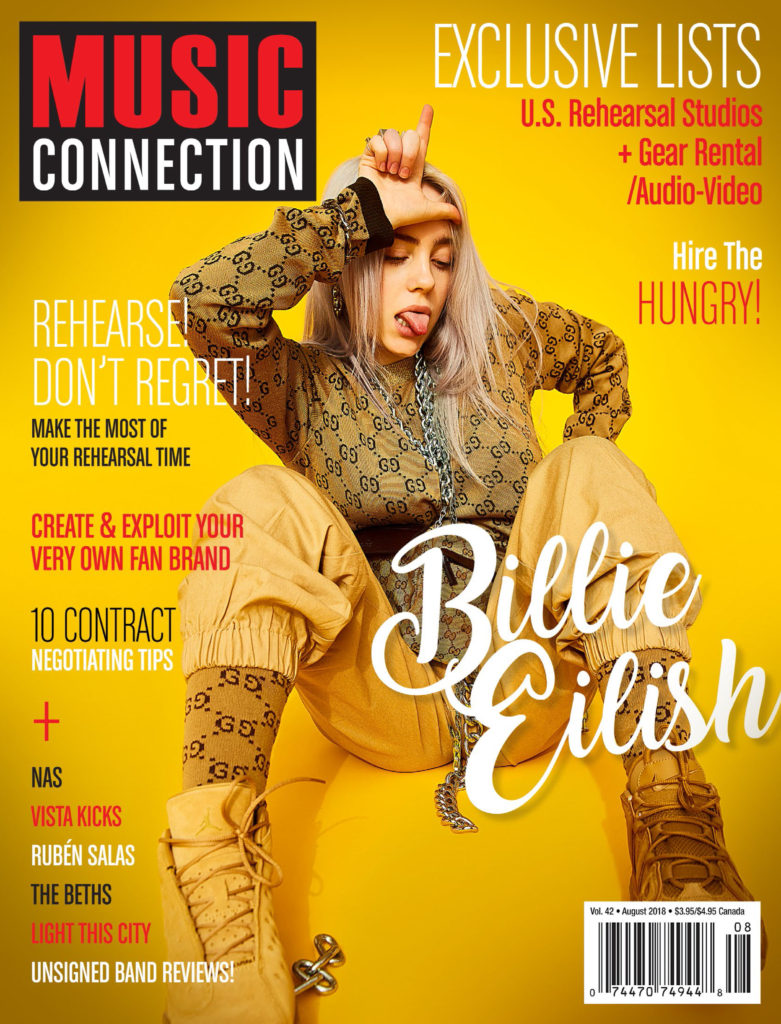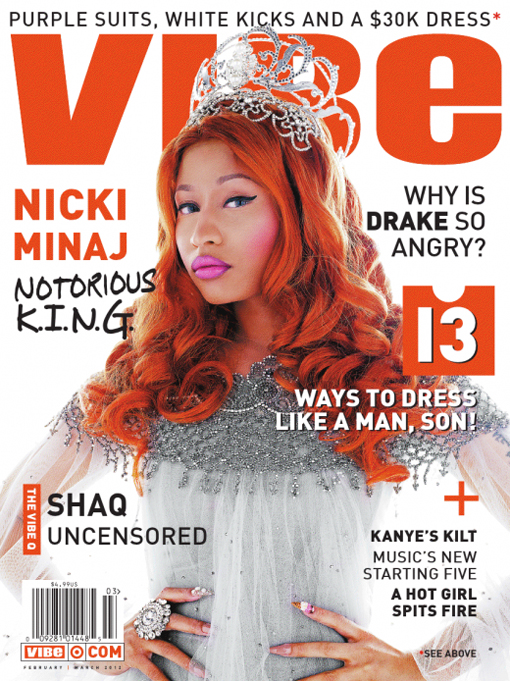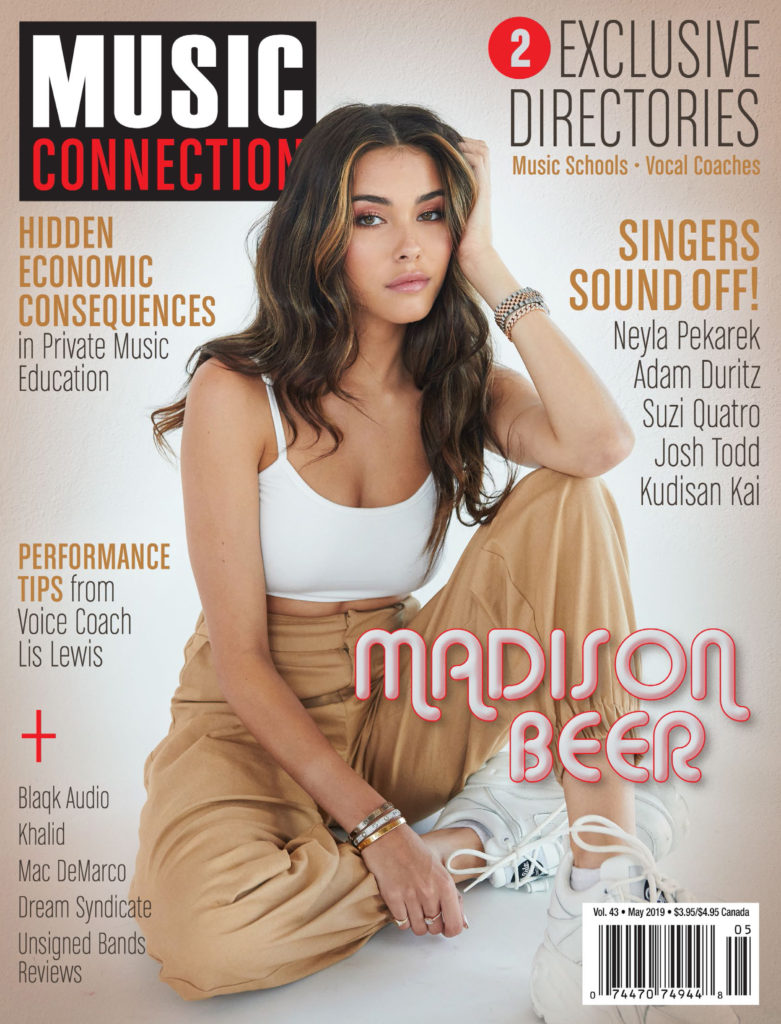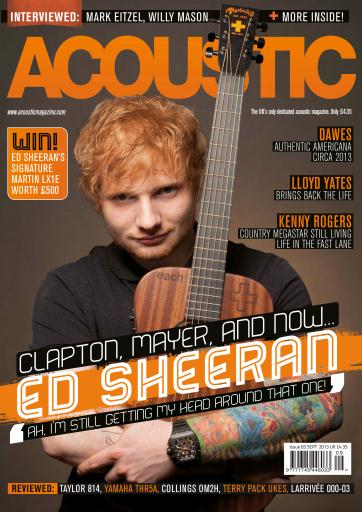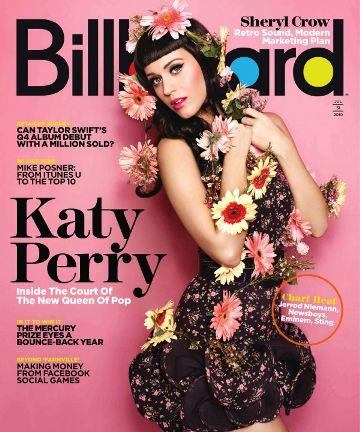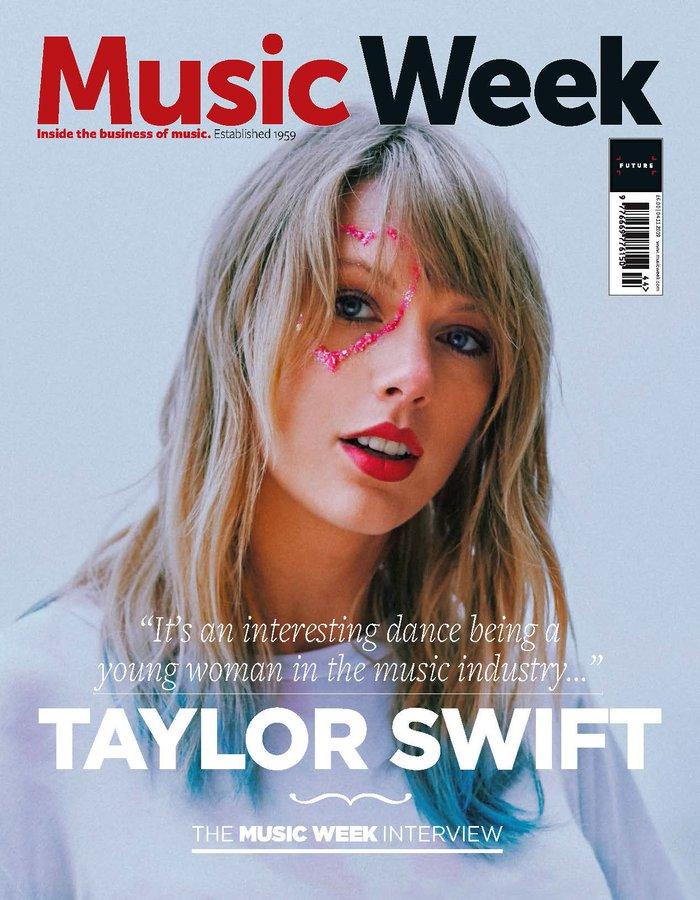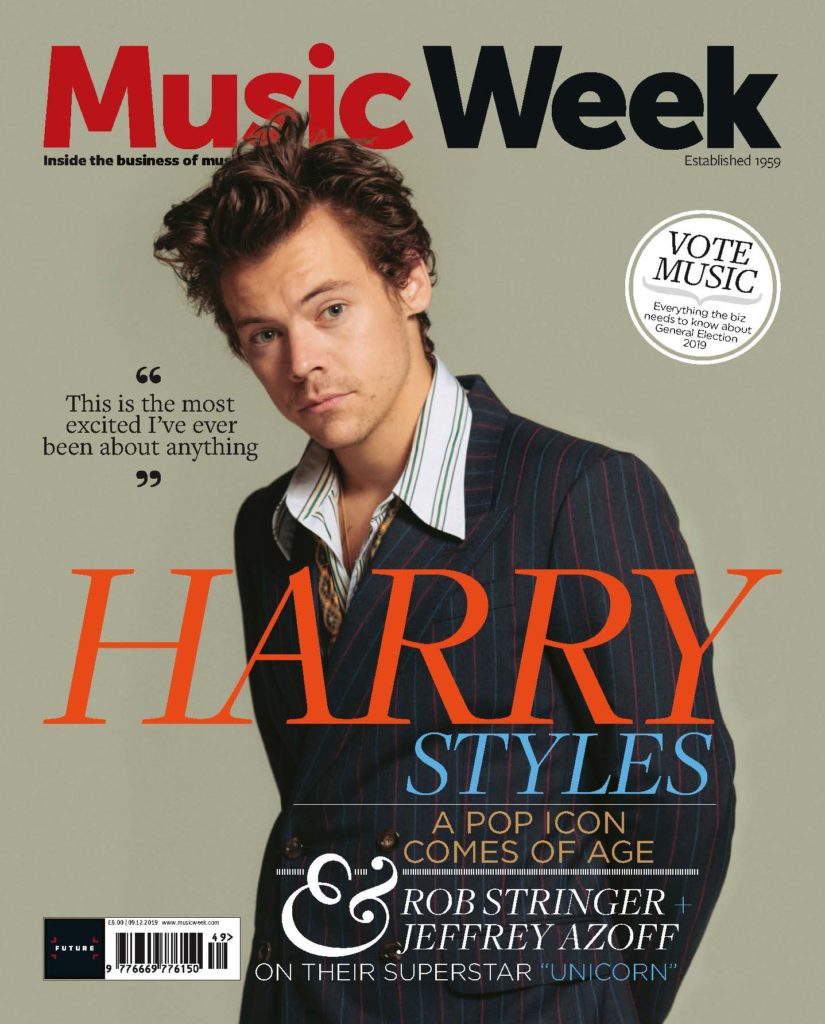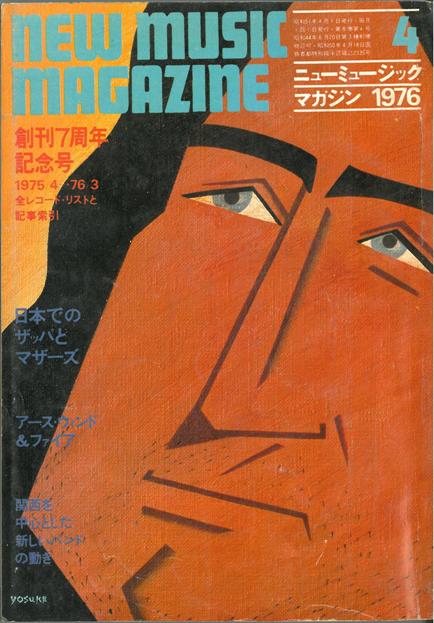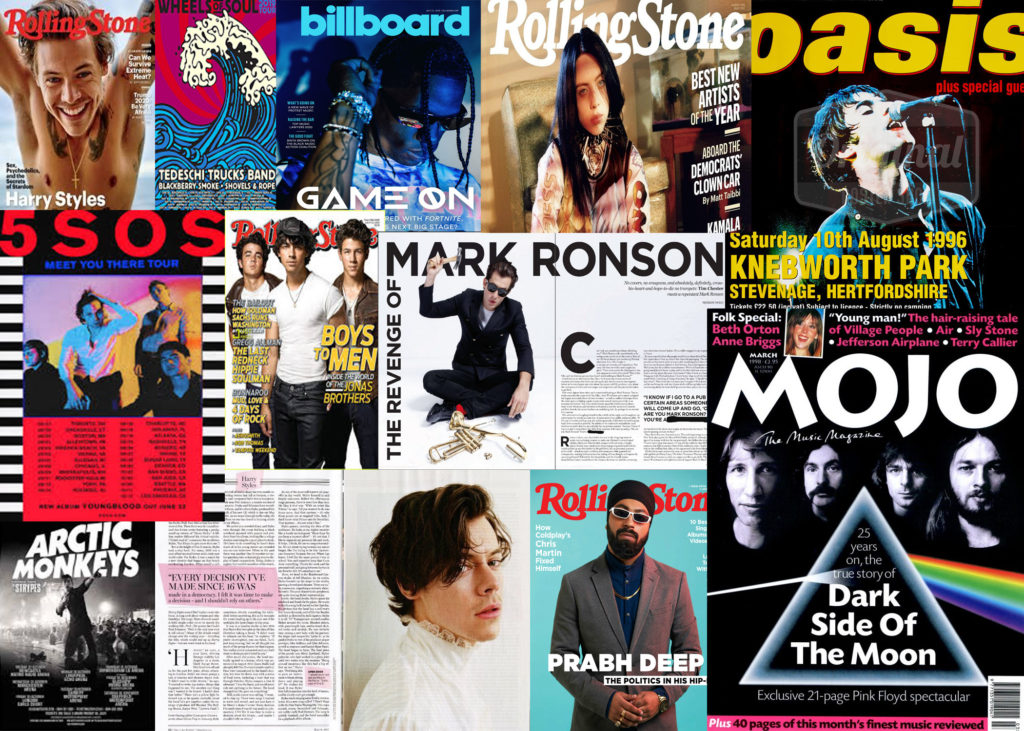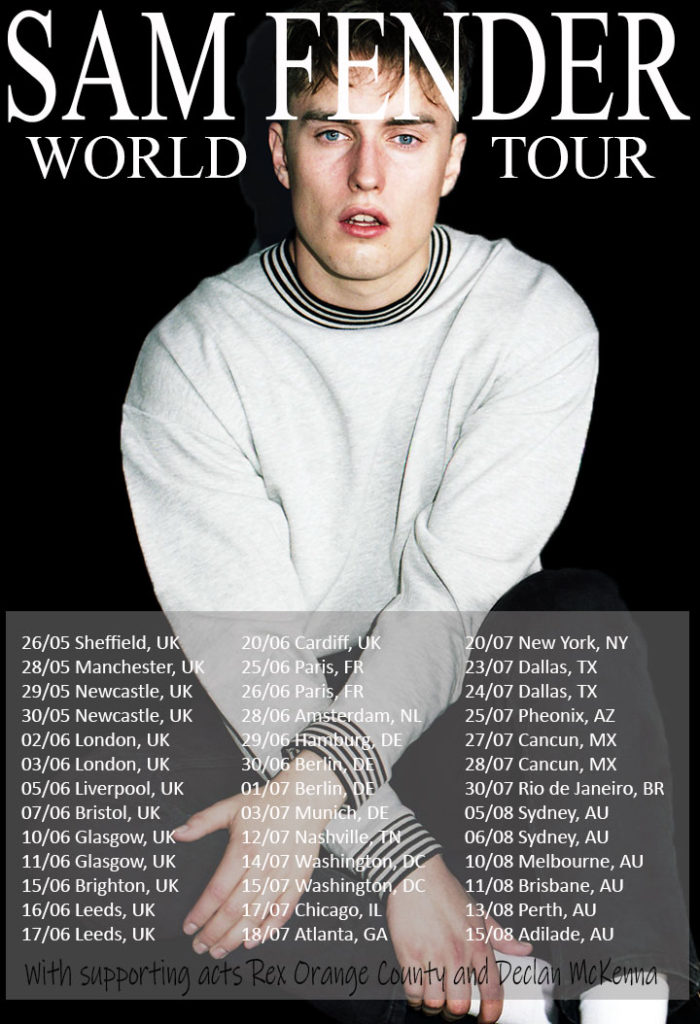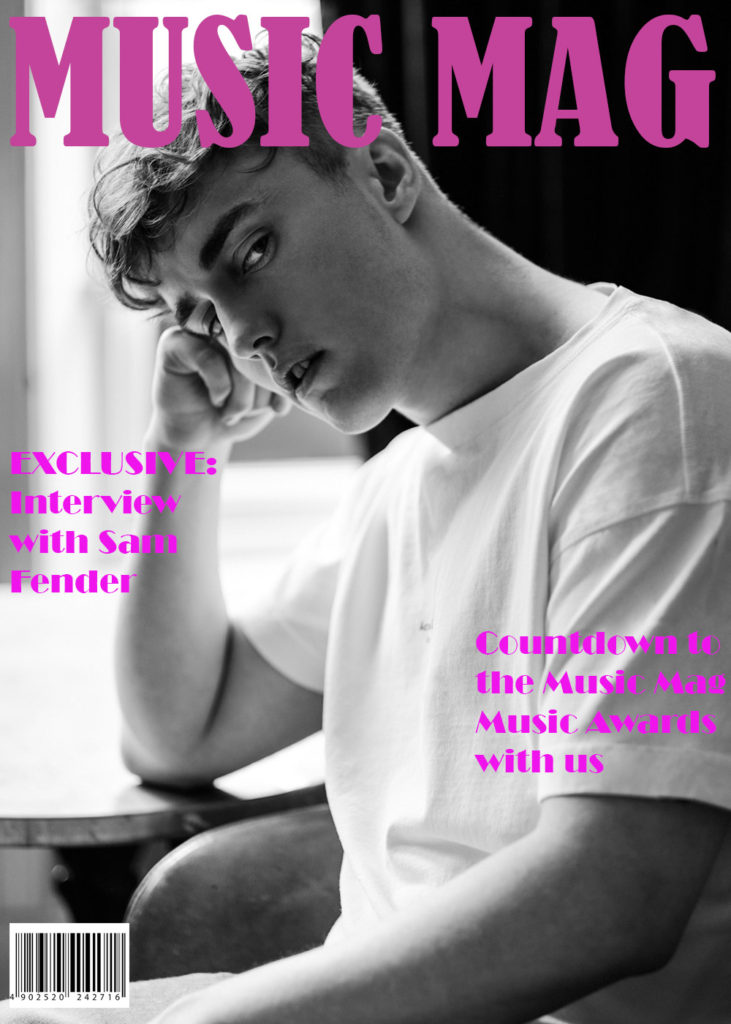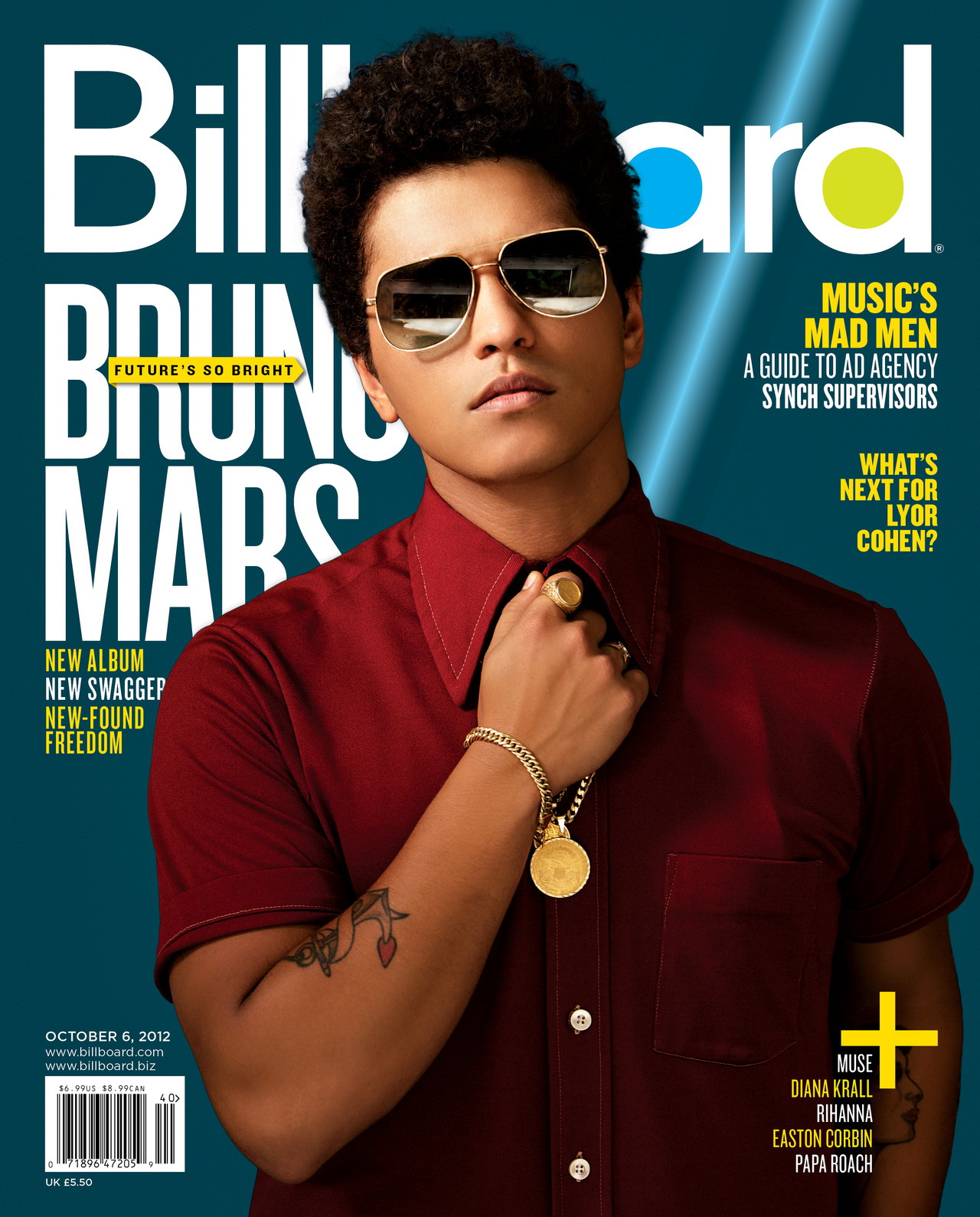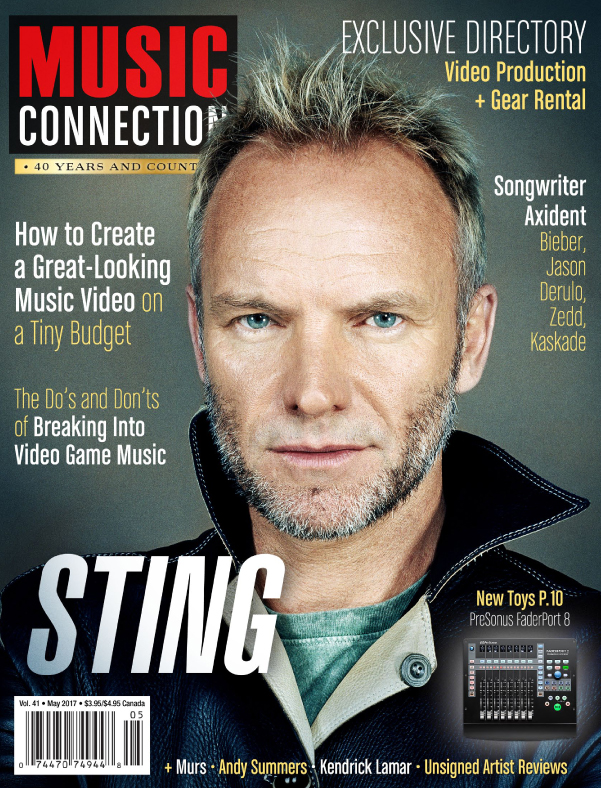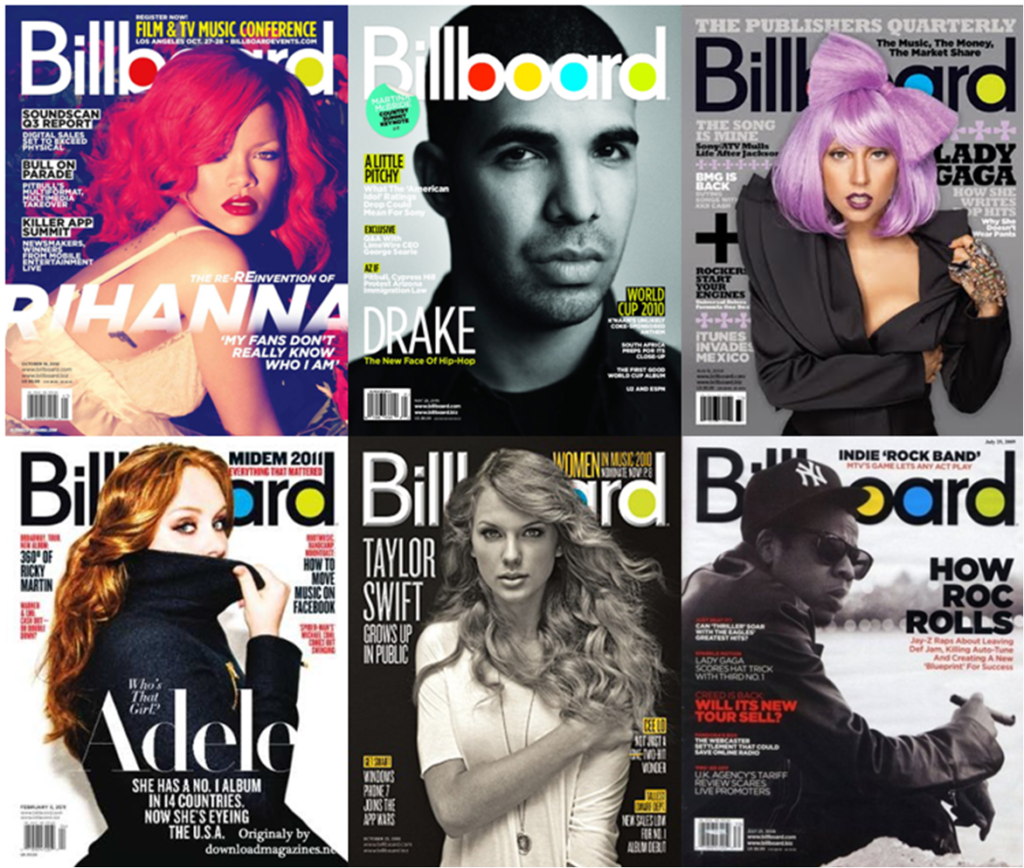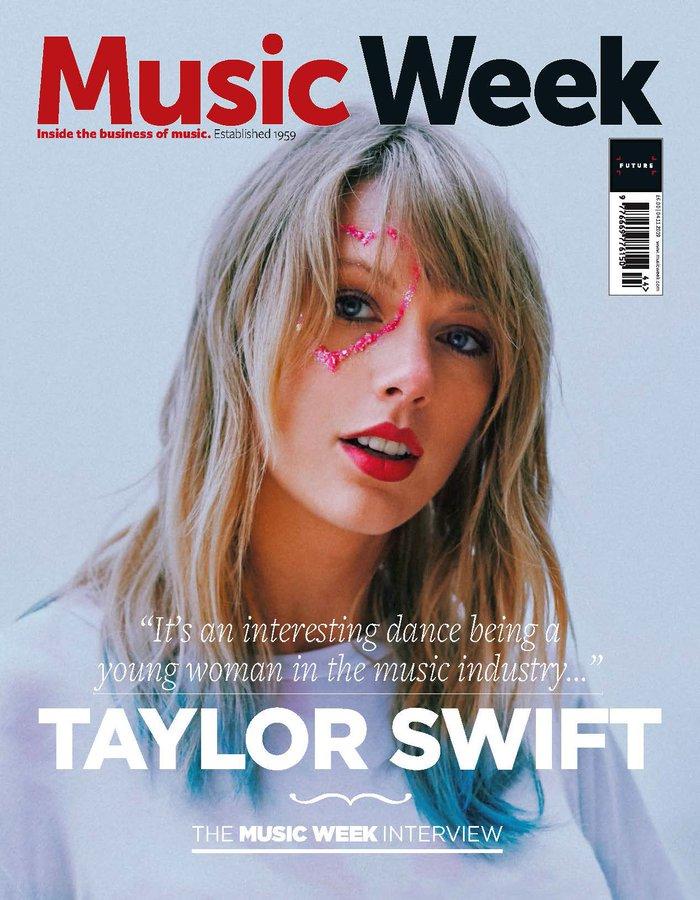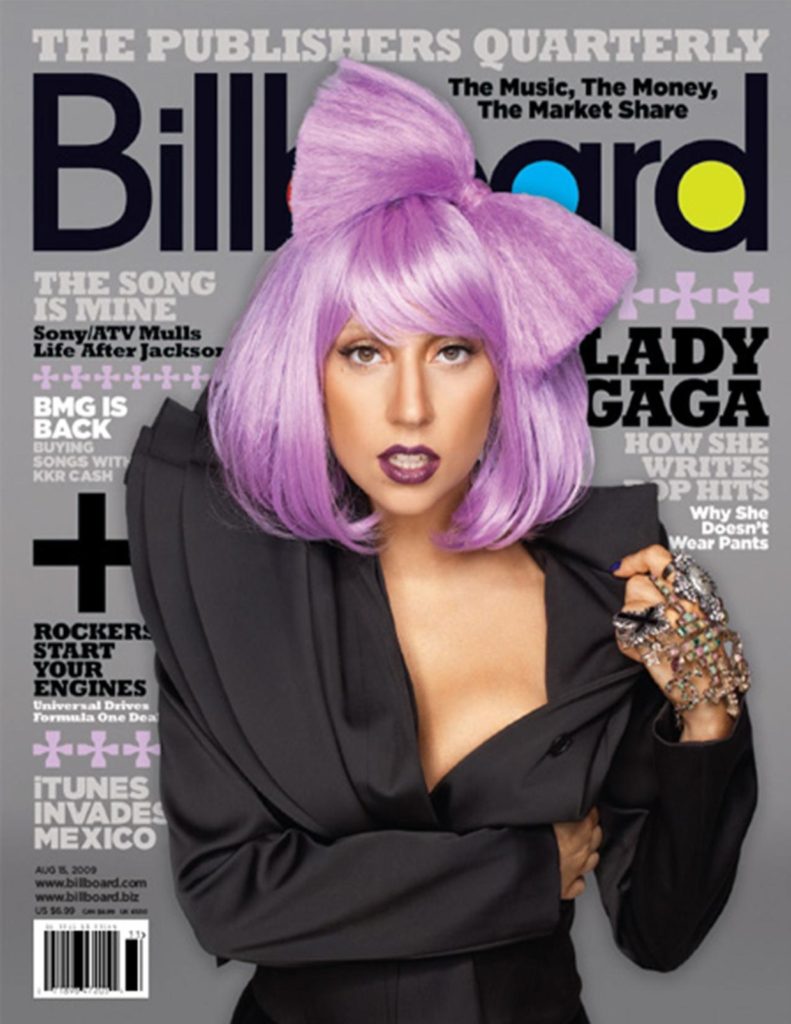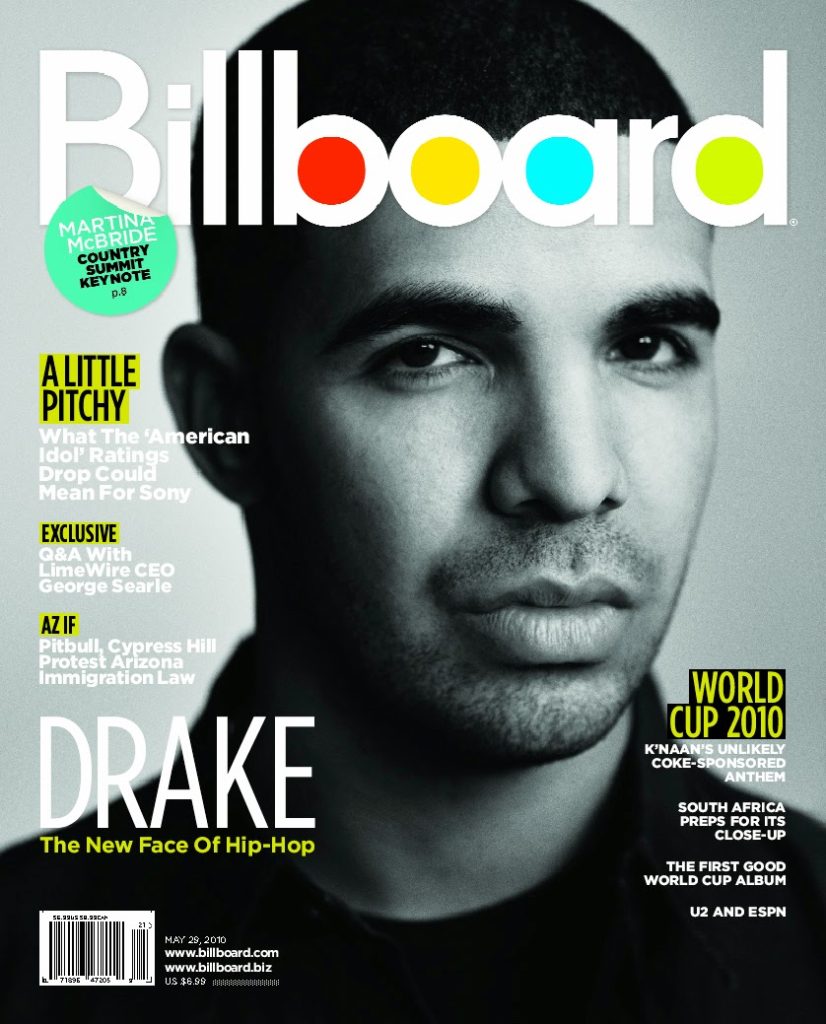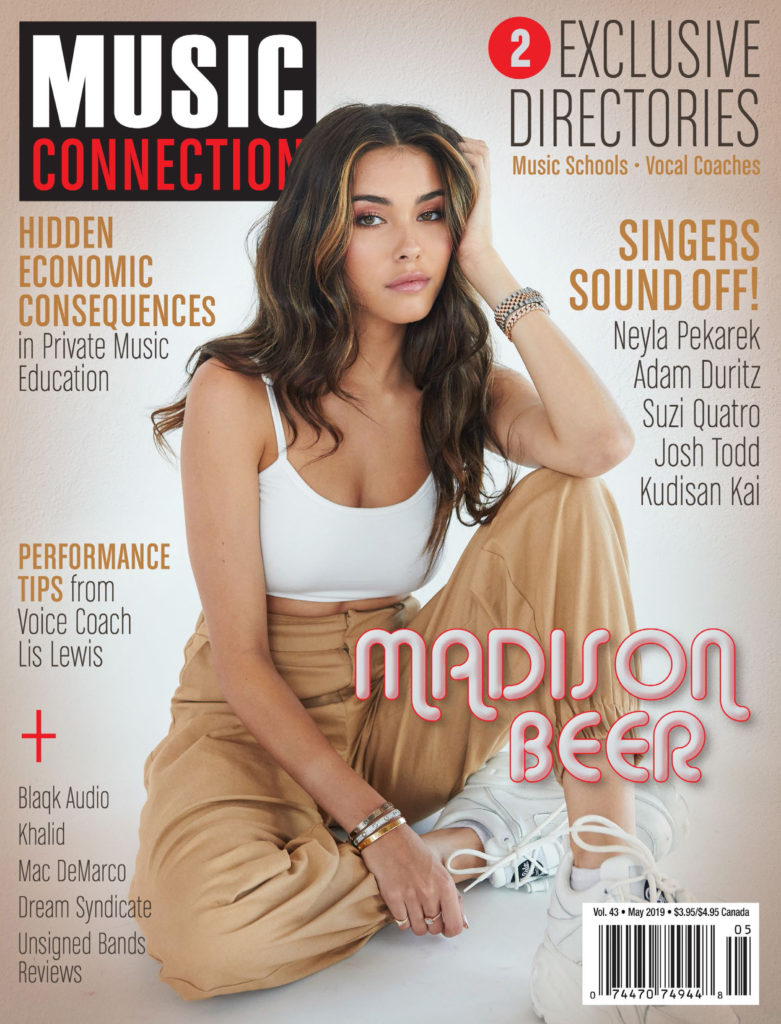Judith butler suggests that human gender is leant through nature. ‘Gender as performativity.’ This means that we learn gender stereotypes and adapt them to our sex (genetalia) and it’s not how we are born, which is known as nature. This essentially shows how gender is a social construct. As we grow older we begin to ‘act out’ the social gender norms and are more likely to conform to others of our gender which builds friendships. For females of all ages, they are given a very specific dominant ideology of the ‘perfect’ lady and how she should look. This would be a slim, blonde hair and she would wear clothing which would highlight certain aspects of her body, mainly consisting of bust size and small hips. This ideology was formed by capitalistic men who live in a patriarchal society, where they use their power to abuse women of all ages. This can be seen as oppression towards females as anything below their beauty standards are seen as ‘not beautiful’
Oh is part of a development in Lifestyle and environmental movements. It mainly looked at female empowerment and how they wanted to change the ‘normal’ standard of what women ‘should’ look like. The magazine was first published on April 19th 2004. On average there was over 2.7 million copies sold. ” Oh is about new ways of looking inside ourselves and out at the world” The quote suggests that any sterotypical dominant ideologies that create ‘social norms’ shouldn’t be how you view yourself nor what you should compare yourself to as there is more beauty in the world than what most people see and it shouldn’t matter what you look like as personality is what defines an individual. Everyone could have the same hair and dresses but they will have different views and opinions as well as personalities. Oh magazine wanted to change the beauty standard for females which is overly degrading and accomplished this by having the magazine use different women of different ethnicities and cultural backgrounds for the front covers. This shows how no matter what someone looks like, they are beautiful. The magazine shows more than just pictures as it has content which talks about creative ability which empowers women to learn new skills for themselves. This can be shown in the title of the magazine which looks like the typeface is hand written.
Oh interviewed Amali de Alwis who is the CEO of ‘girls code’ to celebrate her being the first lady of colour for joining such a male dominant technological industry.
Because oh wanted to signify a magazine based on feminism, they use a repeated iconic sign of females on the front cover and lack any male representation. This can be seen as radical as they are opposing the dominance of the patriarchal conglomerate media forms.
Oh magazine contrasts to the magazine ‘Mens health’ which has a symbolic use of men to show how it stands with the dominant ideology of what men must look like as it’s what is seen as normal in the main media industry. This is signified with a buff man and blocky blue colour which is consistently used throughout the magazine. However, this should be seen as unrealistic as in the real world, not all men look like this. The magazine is published by Hearst magazines which is known to be a very patriarchal conglomerate. The company owns many cable networks over the U.S and is a much bigger media conglomerate than ‘Iceberg press’ which only publishes one other magazine than Oh, as it’s a small indie company. This is how Mens health is easily able to reach their target audience as they are well known and have a circulation on 1.5 million per year. This relates to the theory of manufacturing consent where an audience believes what a media form tells them to, simply because that’s what they’ve been told. This is how so many companies also fall under this influence as the company controls so much of the mass media.


